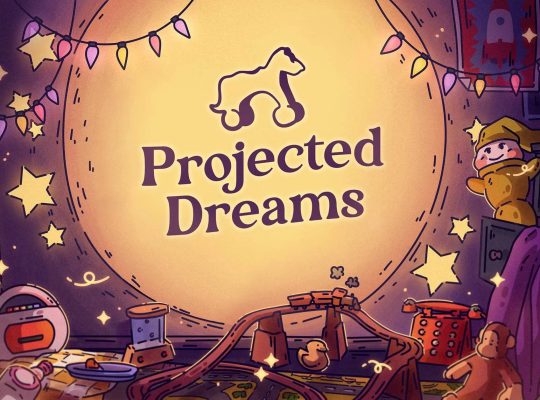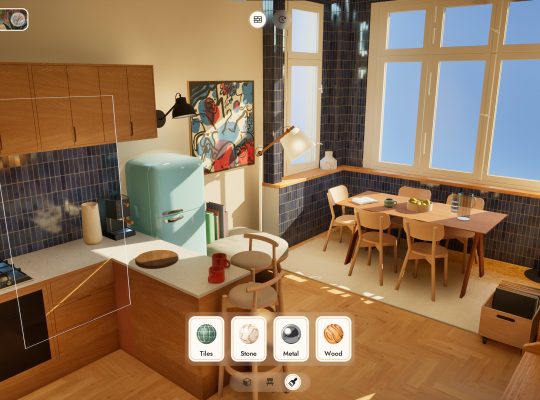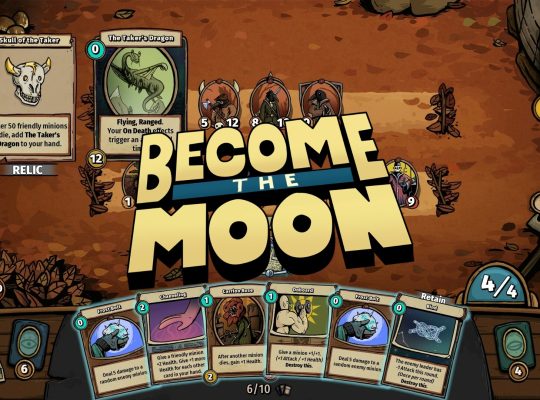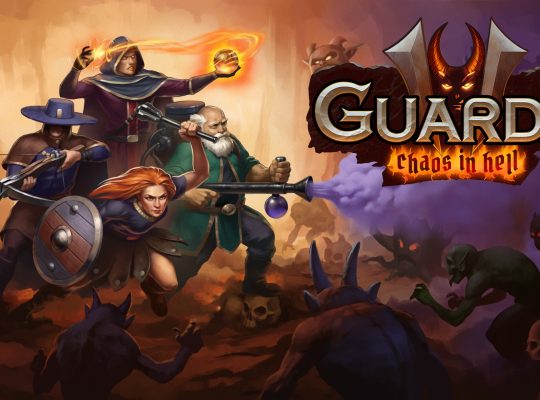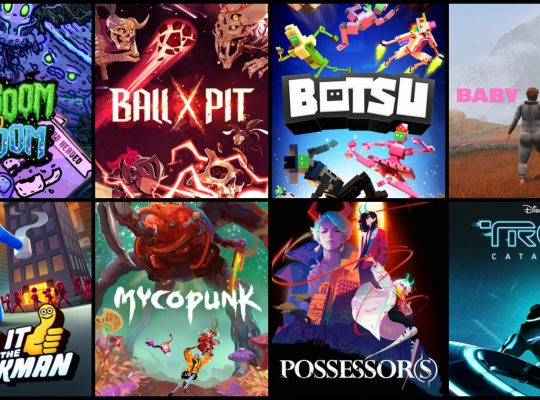The Cerebral Puzzle Showcase brought us many games that might not always catch every player’s attention. But what happens when you combine this genre with platforming elements, where you don’t directly control the main character but instead issue commands? That’s where NODE: The Last Favor of the Antarii comes in. The demo version, still available to play, offers a lengthy experience and immerses you in a world of fictional Soviet Russia.
Set in the decaying ruins of Toska, a fictional Soviet nuclear complex in Siberia in 2034, you control NODE, an autonomous AI robot tasked with preventing a catastrophic reactor meltdown. The game introduces a unique timeline-based command system, where you sequence actions (e.g., moving, jumping, interacting) to solve puzzles.

Game that will challenge your brainpower
The gameplay is highly detailed and demands precision. You can choose how many seconds or tenths of a second your character moves, then command it to jump over obstacles and continue, all to reach the next checkpoint. However, the path to stopping the nuclear reactor won’t be easy: it’s filled with traps, crumbling walls, holes, and stairs.
The gameplay revolves around a unique command system where you don’t control NODE in real-time. Instead, you sequence actions like moving forward, jumping, pausing, interacting, or turning on a timeline and press “play” to execute them. You can precisely set the second or tenth of a second for each action, ensuring your character reaches the next checkpoint.
But the journey to halt the nuclear reactor is challenging, packed with traps, decaying walls, gaps, and stairs. If NODE fails to reach the goal, you rewind, adjust the timeline, and try again, creating a trial-and-error loop. The game requires careful planning, as actions must sync with environmental elements like moving platforms or timed switches.

Puzzle games can always surprise with their creativity
NODE: The Last Favor of the Antarii offers more than just pure gameplay, it’s accompanied by a story. You can interact with your creators, choose narrative dialogues to learn more about the world, or simply execute given commands. However, it’s all quite linear, so you don’t have much choice in certain matters, and it’s unclear whether your decisions impact the story’s progression. The game’s world is also rather dark and highly atmospheric, enhanced by stunning, beautifully detailed graphics.
Unfortunately, this game has a significant flaw: you can’t view the entire map while setting commands on the timeline. Instead, you must first make the robot move, explore, and scout the area, then go back to adjust and plan its movements. This isn’t ideal as it wastes a lot of time. While you can speed up the movement to mitigate this, the game also features many repetitive puzzles. Though this is somewhat acceptable once you realize the entire structure has its own logic, it can still be distracting.
The demo version effectively showcases the game’s core features; everything is well-executed, and I recommend giving it a try. It was engaging to dodge lasers and mathematically calculate the exact time needed for specific actions. However, the game feels unforgiving with your time, expect plenty of repetition and frustrating moments. Despite this, it’s an impressive title that puzzle enthusiasts will likely love.




